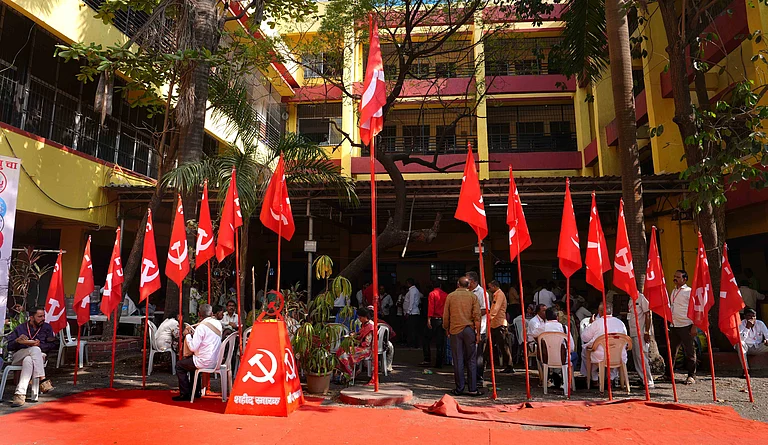- Launched on Dec 14, 1983, Maruti 800 changed India’s car mart with its style, technology, low price
- Now in its 25th year, if all Maruti 800s sold were to be lined up, it would cover 3.6 times the length of India
- Despite newer cars, its appeal to middle-class aspirations is intact
- Its hallmark? Fuel efficiency, easy upkeep, suitability to all terrains.
***
Many wonder, in this era of the Nano, why should our own Maruti 800 be allowed to fade away? Stricter environment norms, to be enforced soon, are behind the decision to phase out the 800 totally by 2016, say company sources.
Though made with Japanese collaboration, Maruti 800 was identified with the best of Indian technology when it arrived, spanking new, on December 14, 1983. It rewrote rules and changed the way one looked at cars. "When it came, it was a marvel of technology and was years ahead of those dated Ambassadors and Padminis," says Hormazd Sorabjee, editor, Autocar India.
That’s not all. For millions who could not aspire beyond a two-wheeler, the 800 represented not only a shift from the old guard and a change in terms of design, technology and features, but a change in their own category. Its low price proved the clincher. Says Santosh Desai, CEO, Future Brands: "Before the Maruti 800, the only ambition for the middle class was to own a scooter. The 800 changed that mindset and everyone started thinking in terms of owning a car."
Within a few years of its being around, the Maruti 800 became the star attraction—owners loved to flaunt it, it was a lucrative perk in companies and the most demanded dowry item in India for several years. Take the case of Rajat Goel, CEO & MD, EyeQ Hospitals, who joined a company after graduating from iim-a in 1991 just because "one of the biggest incentives was getting a brand-new red Maruti 800 after a year in the company."
Today, with attractive options, fewer people would give a second look at the car that held the Indian market in thrall for most of the last two decades. In 2008-09, when Maruti Suzuki India clocked its highest-ever sales of 7,92,167 vehicles, the Maruti 800 accounted for a little over 5 per cent of it.
If all the 2.8 million Maruti 800 cars sold in the last 25 years were to be lined up, one could cover the distance between Kashmir and Kanyakumari over 3.6 times. There are many, like the first Maruti 800 owner, Delhi’s Harpal Singh, who still treasures it as a family member. "It’s like our child...." says his wife.
Thanks to the congestion and confusion of cars on the roads, the Singhs now use their car sparingly. Earlier, Singh didn’t let anyone touch his prized possession but, as time passed, his children and family members were allowed the concession of driving it.
Besides changing lifestyles, the Maruti 800 ushered in several changes in India’s fledgling automotive industry. It brought in the concept of vendors who, though outside the company, became an integral part of car manufacture. It also heralded the boom in car accessories business.
Being stylish and easy to drive, it also found better acceptance among women. Says Mani Lamba, a private sector executive who has been driving the car for the last five years: "I love this small baby of mine. It’s easy to manoeuvre and park, and also low on maintenance."
Despite the age, the Maruti 800 still symbolises middle-class ambition because of its low cost, fuel efficiency, easy upkeep and ability to survive anywhere in India. One hopes Maruti Suzuki will rework plans to give its first baby a new environment-friendly makeover.






















